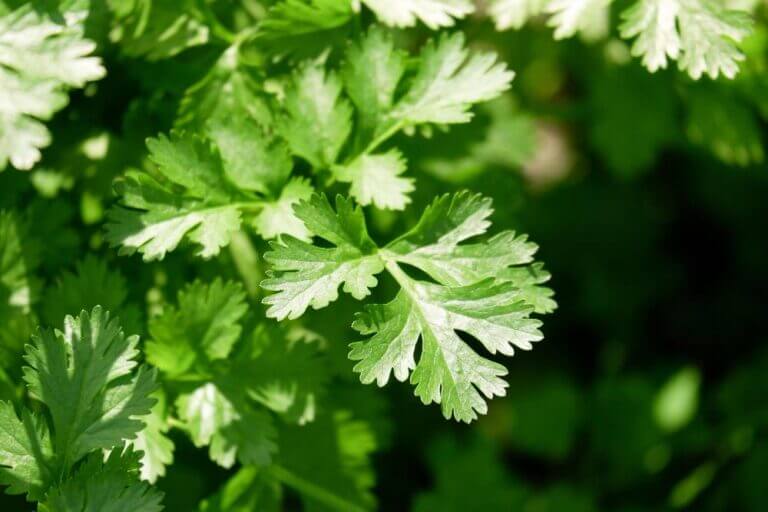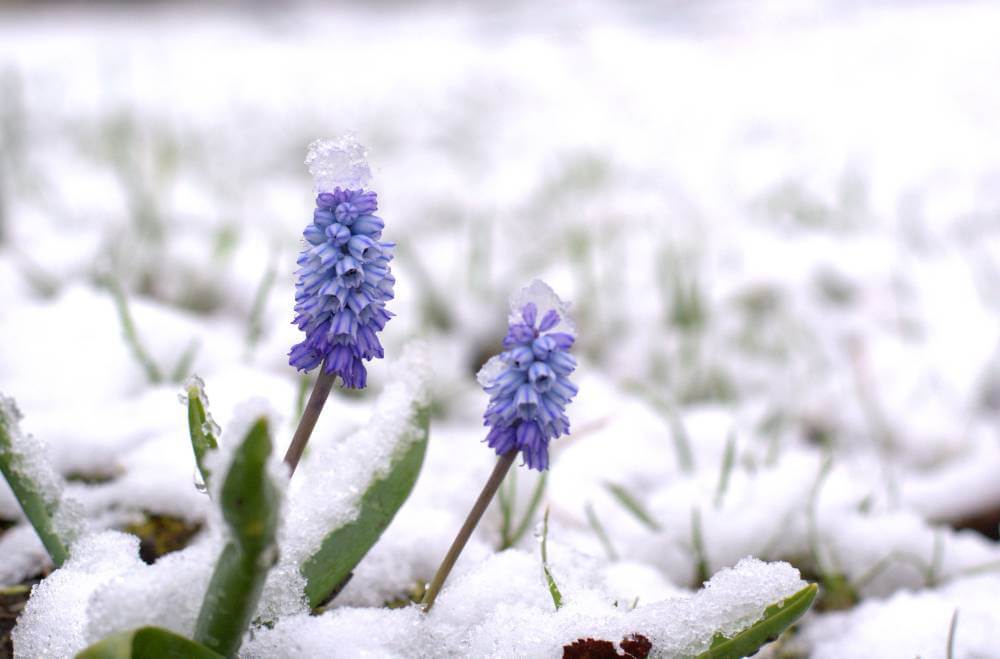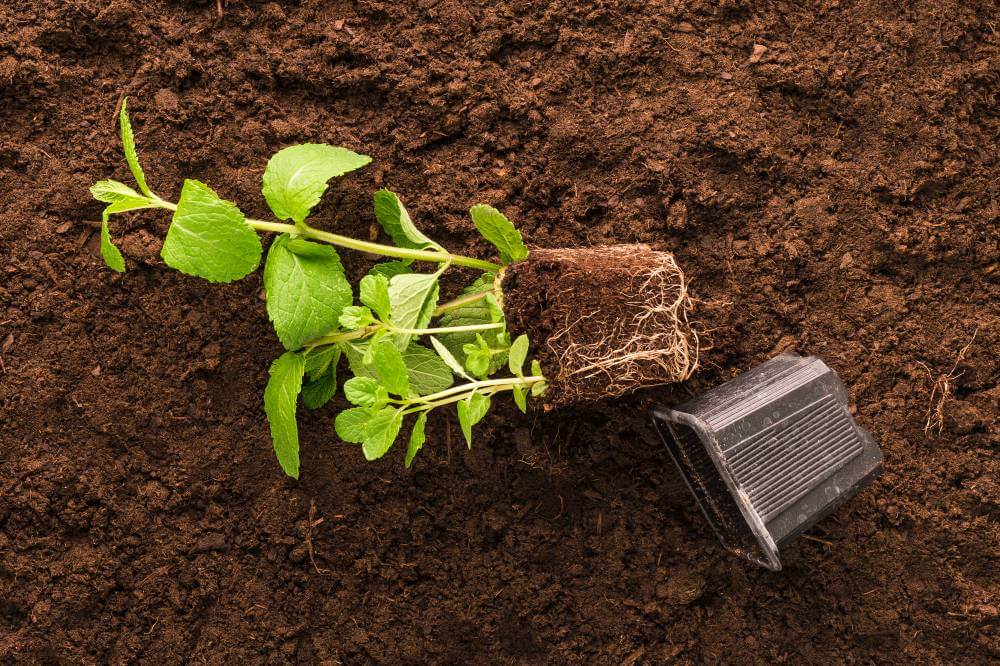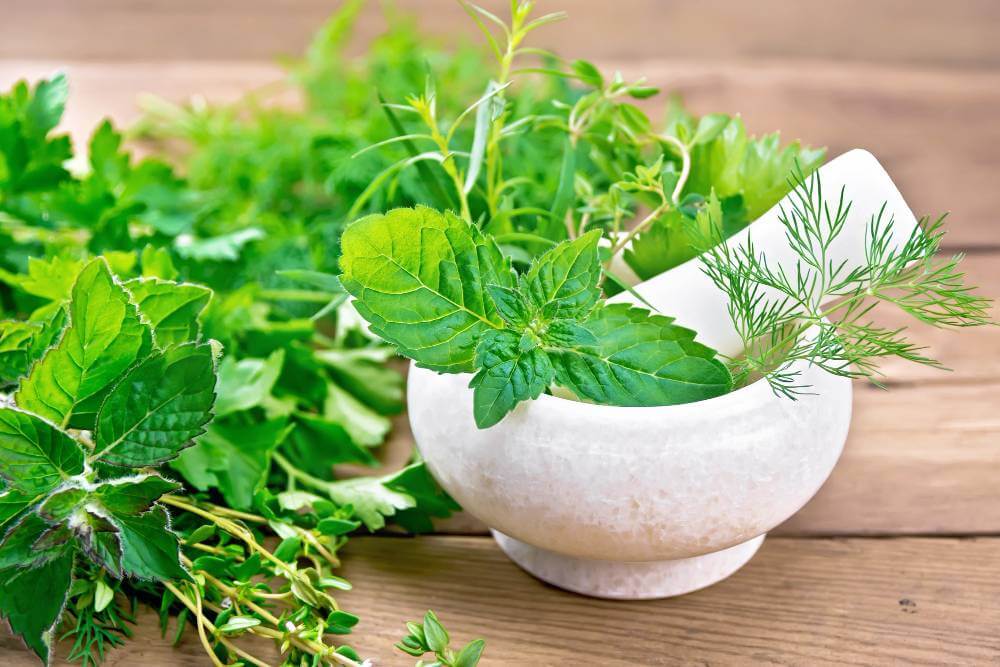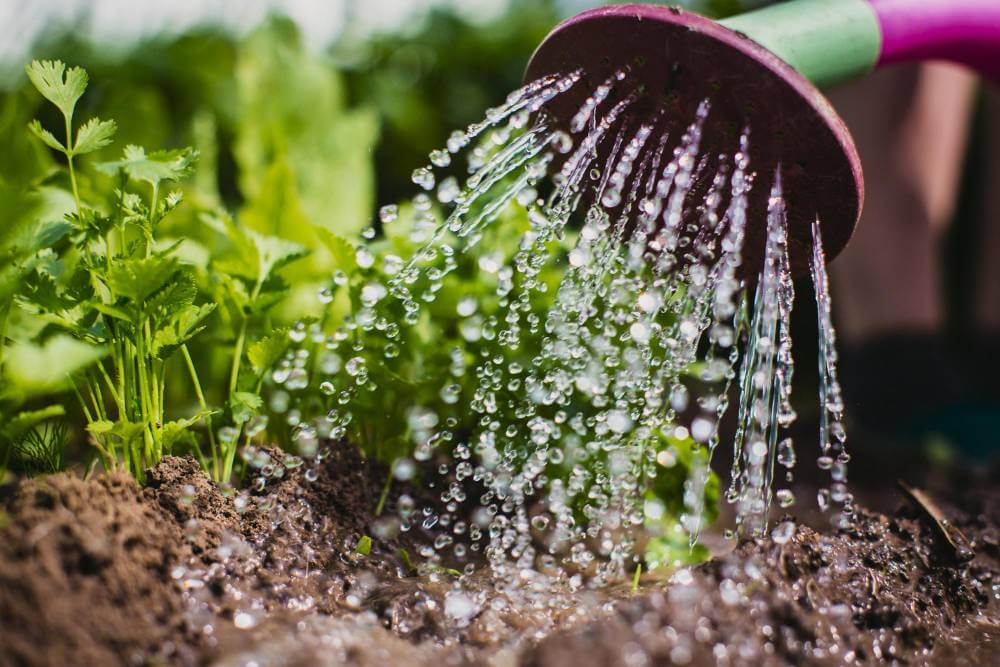Hey there! Today, we’re diving into the delicious world of parsley and cilantro. Now, I know what you’re thinking: aren’t they just those green things that garnish my dishes? Well, my friend, they are much more than that! So, buckle up as we embark on a flavorful journey to distinguish between these two herbs, ensuring you’ll never confuse them again.
Parsley: More Than Just a Pretty Garnish
Let’s kick things off with parsley, the unsung hero of many dishes. There are two common types of parsley: curly-leaf parsley and Italian flat-leaf parsley. Curly-leaf parsley is what you often see adorning plates in restaurants, while Italian flat-leaf parsley boasts a more robust flavor. Speaking of flavor, parsley brings a fresh, slightly peppery taste to the table, adding depth to salads, soups, and sauces.
When it comes to uses, parsley is incredibly versatile. It’s not just a garnish – it can be the star of the show! Throw it into your homemade pesto for a vibrant green kick or sprinkle it over roasted veggies for a burst of freshness. And did you know parsley is packed with vitamins A, C, and K? It’s not just tasty; it’s also good for you! From supporting bone health to aiding digestion, parsley is a powerhouse of nutrients.
Cilantro: Love it or hate it (But Mostly Love)
Some people can’t get enough of its bright, citrusy flavor, while others swear it tastes like soap. Despite its polarizing nature, cilantro remains a staple in many cuisines, particularly in Mexican, Indian, and Thai dishes. Commonly known as coriander in some parts of the world, cilantro comes in two main varieties: broad-leaf cilantro and fine-leaf cilantro. Both varieties share that unmistakable zesty taste that adds a burst of freshness to any dish.
Much like parsley, cilantro wears many hats in the kitchen. It’s not just for salsa! Throw some chopped cilantro into your guacamole for an extra pop of flavor or use it to garnish your tacos for an authentic touch. And let’s not forget about its health benefits. Cilantro is rich in antioxidants and may help lower blood sugar levels and promote heart health. So, whether you love it or hate it, cilantro is here to stay!
Finding Common Ground: Similarities Between Parsley and Cilantro
Despite their differences in flavor and appearance, parsley and cilantro share some common ground. Both herbs belong to the Apiaceae family and have delicate, lacy leaves. They also pack a nutritional punch, boasting an array of vitamins and antioxidants. Plus, both parsley and cilantro add a vibrant burst of color to any dish, making them essential ingredients in the kitchen.
In terms of usage, parsley and cilantro are interchangeable in many recipes, especially when it comes to garnishing. They both pair well with a variety of ingredients and can elevate the flavor of both savory and sweet dishes. So, the next time you’re out of parsley, don’t hesitate to reach for some cilantro – your taste buds won’t know the difference!
Spotting the Differences: Parsley vs. Cilantro
Now, let’s get down to the nitty-gritty: how do you tell parsley apart from cilantro? While they may look similar at first glance, there are a few key differences to keep in mind. First and foremost, take a close look at the leaves.
Parsley has dark green, glossy leaves that are tightly clustered, resembling a miniature bouquet. Parsley typically has more leaves per stalk compared to cilantro. The leaves are densely packed, forming a lush cluster at the top of the stem. The spacing between the leaves of parsley tends to be closer together, creating a fuller appearance.
On the other hand, cilantro has lighter, feathery leaves. Typically, cilantro sports fewer leaves per stalk than parsley, resulting in a more scattered arrangement along the stem. This sparse distribution lends cilantro a lighter, more delicate overall appearance.
If you’re still unsure, give the leaves a gentle sniff. Parsley has a fresh, slightly peppery aroma, while cilantro boasts a distinct citrusy fragrance. And if all else fails, take a tiny nibble (yes, I said it!) – parsley has a mild, slightly bitter taste, whereas cilantro is zesty and citrusy with a hint of spice. Armed with these tips, you’ll never confuse parsley with cilantro again!
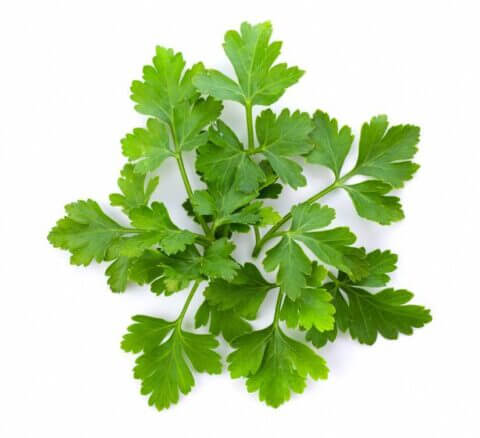
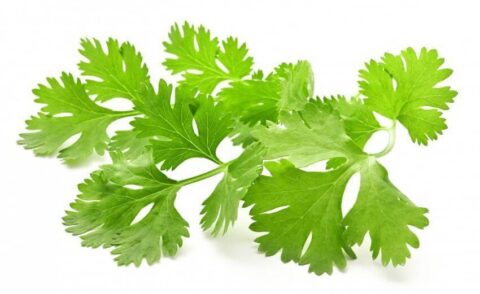
Preservation Prodigies: Extending the Freshness
As I mentioned earlier, there are quite a few foods in which you can switch between the two herbs, showcasing the importance of keeping an open mind and fostering creativity in the kitchen. That’s why it’s a good idea to always have both parsley and cilantro in your kitchen arsenal or preserve them so that they’re always at hand. Now, let’s explore preservation methods to extend the freshness of these flavorful herbs and ensure they’re readily available whenever culinary inspiration strikes.
One popular technique is freezing, which involves washing and drying the herbs thoroughly, then chopping or leaving them whole before storing them in airtight containers or freezer bags. Another option is drying, where the herbs are tied into bundles and hung upside down in a well-ventilated area until they are completely dried. Once dried, they can be crumbled or ground into a powder for future use. Additionally, storing parsley and cilantro in oil – either as whole leaves or chopped – can help preserve their freshness while infusing the oil with their aromatic flavors. Whichever method you choose, mastering the art of preservation will ensure you always have a supply of parsley and cilantro at your fingertips, ready to elevate your culinary creations to new heights.
Summary: A Tale of Parsley and Cilantro
And there you have it, folks – the ultimate guide to telling parsley apart from cilantro! Whether you’re whipping up a batch of homemade salsa or garnishing your favorite pasta dish, knowing the difference between these two herbs will take your culinary skills to the next level.
So, whether you’re garnishing your favorite dish or experimenting with new flavors, remember to keep parsley and cilantro close at hand – your taste buds will thank you!
Ready to delve deeper into the captivating world of herbs? Explore more fascinating posts on my blog, and if you’re keen on cultivating your own parsley or cilantro, I’ve got you covered with two specialized guides just for that:
How to Grow Parsley: Essential Tips for Thriving Herb
Discover Pro Tips & Insights for Growing Cilantro!

